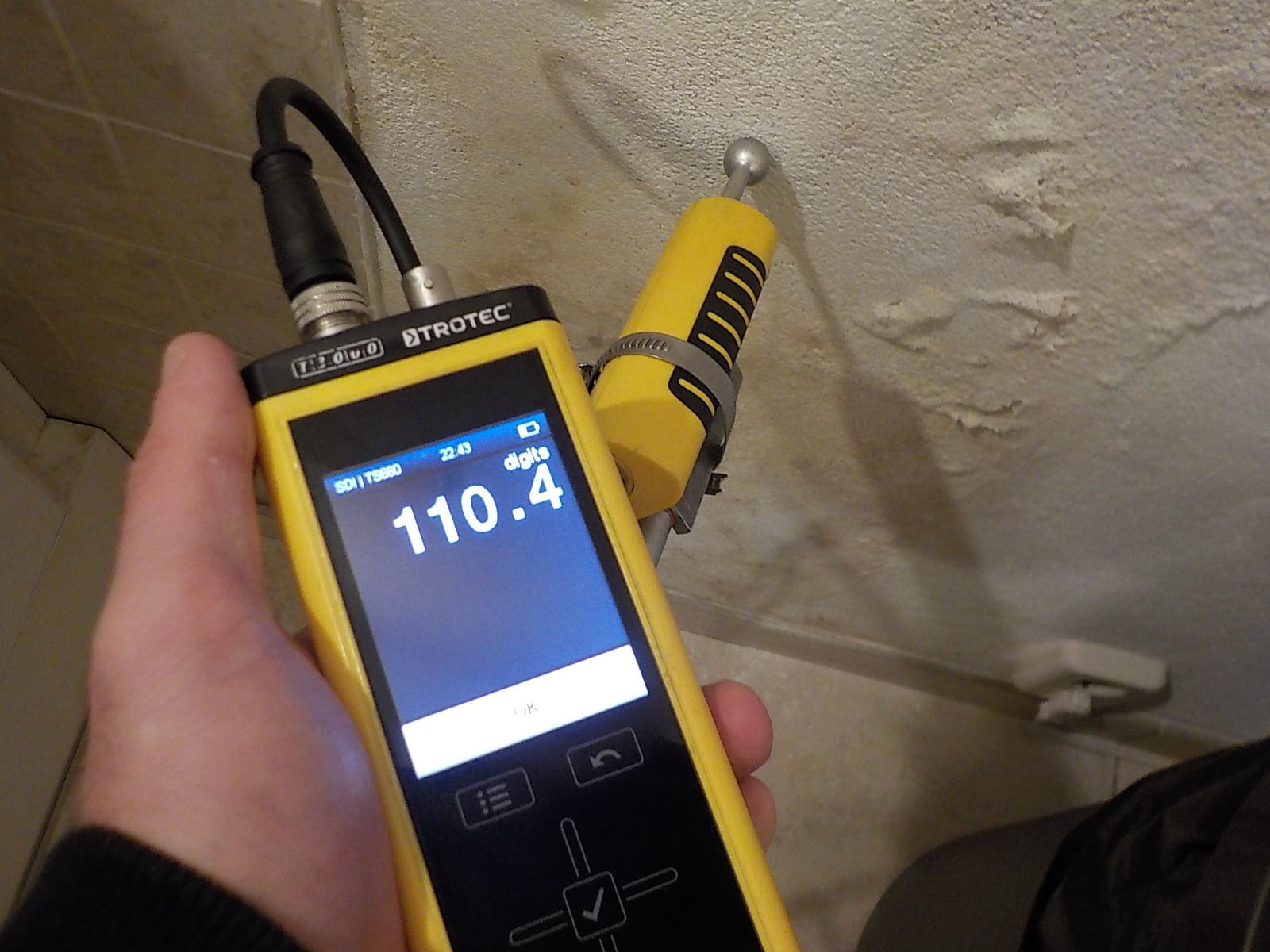Depending on the nature of the leak, we use a variety of detection techniques, ranging from advanced modern methods to traditional approaches.
Leak detection techniques
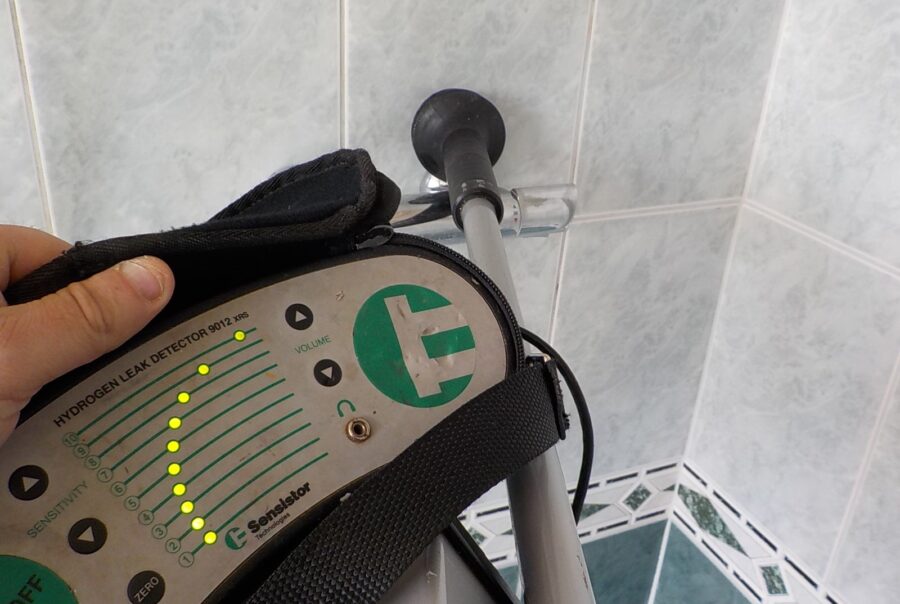
Acoustic leak detection
Using a stethoscope, we listen at different points on the walls for the distinctive hissing sound of a water leak, allowing us to precisely locate it. This is a fairly simple and traditional leak detection method.
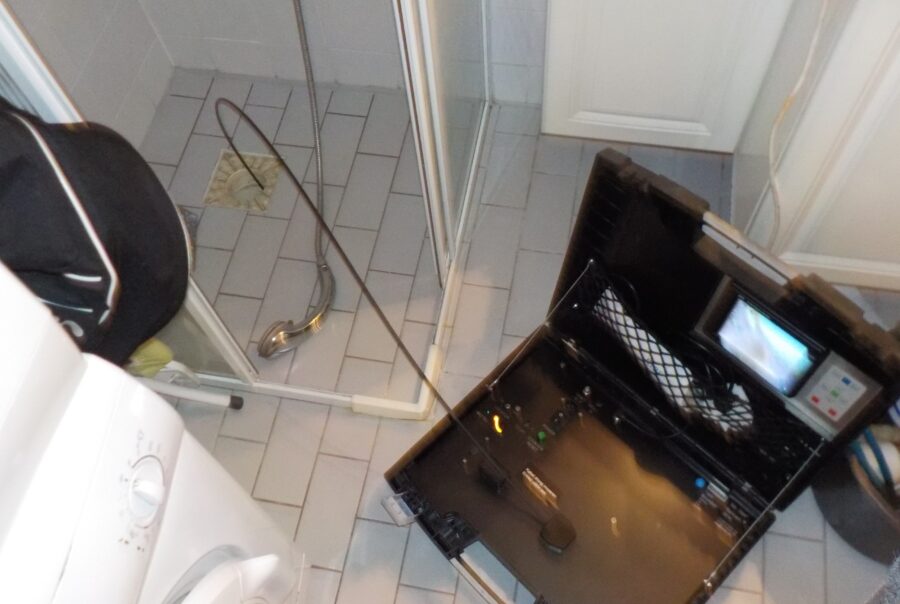
Camera inspection
Our cameras capture real-time images and videos and are equipped with transmitters to pinpoint the exact location of the leak.

Pressure test
We pressurize the pipes with water using a pump. A drop in pressure indicates a leak.

Endoscopy
Ideal for detecting leaks in hard-to-reach places like drainpipes, cavity walls, bathtubs, and shower trays.
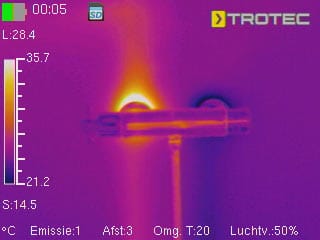
Infrared technology
By measuring temperature differences, we can detect leaks in systems such as underfloor heating and assess insulation values.

Dye test
We use environmentally friendly, non-toxic dye to inject into the pipes. The presence of dye outside the pipe indicates a leak.
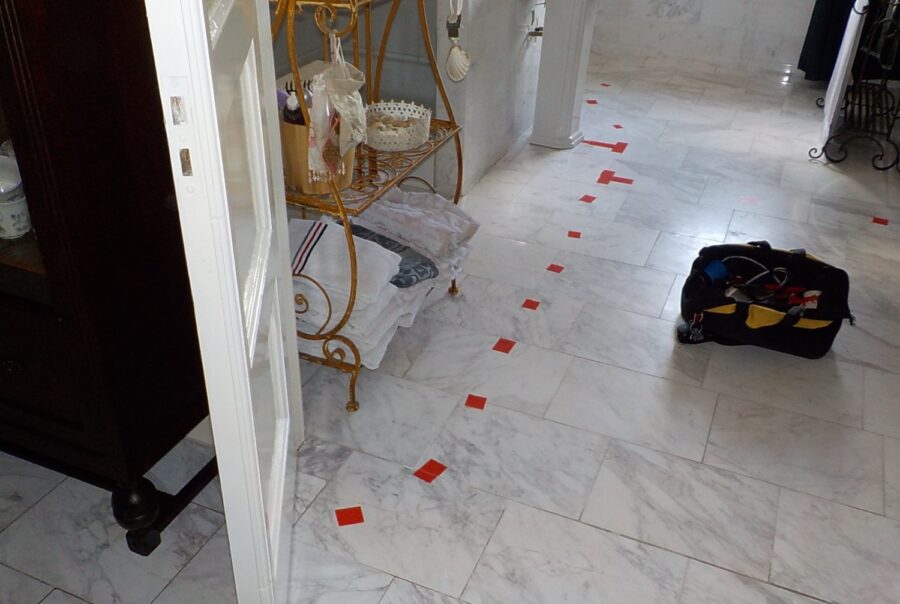
Leak tracking
Mainly used for swimming pools and ponds, this method creates an electric field on the water surface to locate leaks.

Pipe locator
This tool helps us easily detect pipes within walls and floors, as well as trace outdoor pipes buried underground.

Sewer camera inspection
A small camera inspects the inside of sewer pipes, providing live video feed to identify leaks.
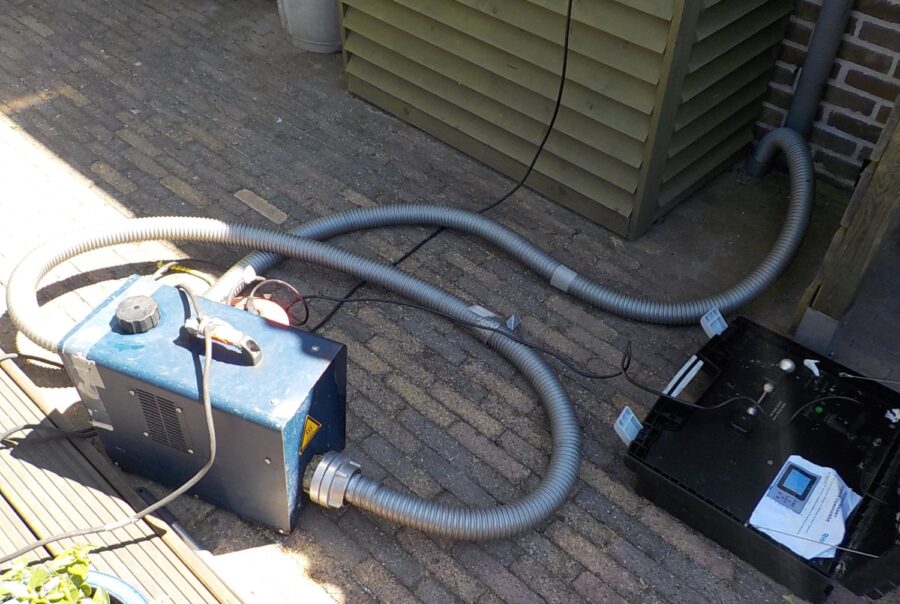
Smoke test
This simple method detects leaks in roofing or drainage systems by using smoke to identify problem areas.
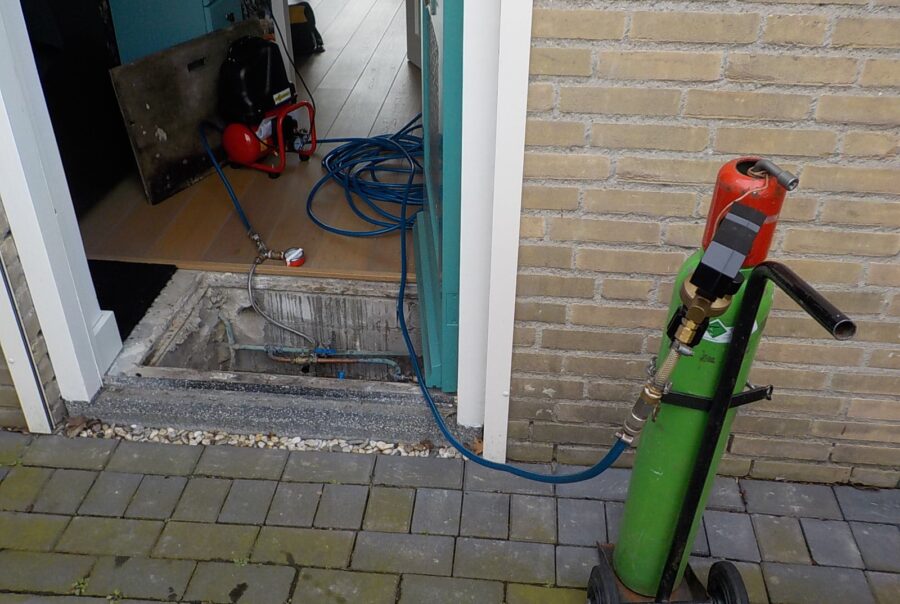
Tracer gas technique
Effective for finding even the smallest leaks. This method is commonly used for pipes, heating systems, bathrooms, swimming pools, and ponds.
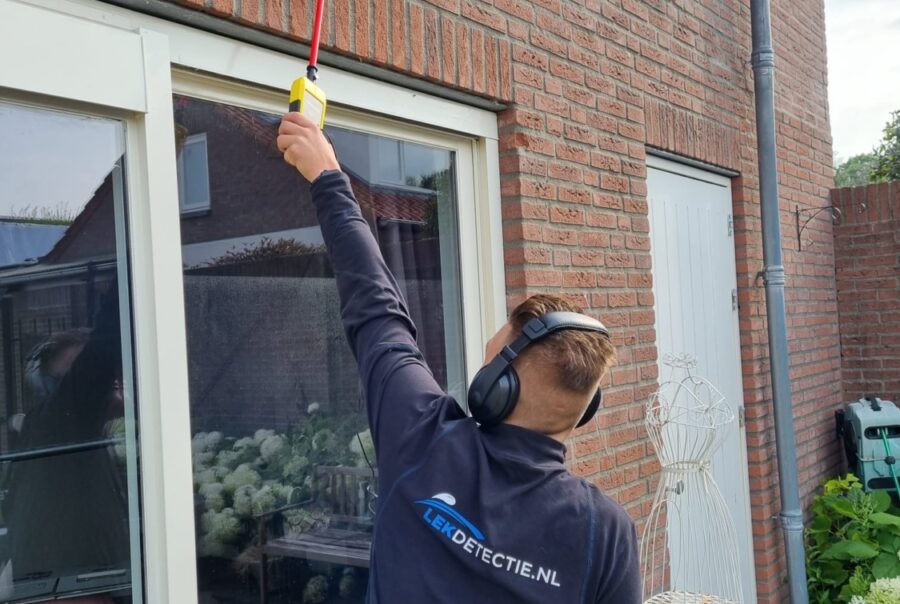
Ultrasonic detection
A transmitter emits ultrasonic sound waves in all directions, and a receiver picks up the signals to locate the leak.
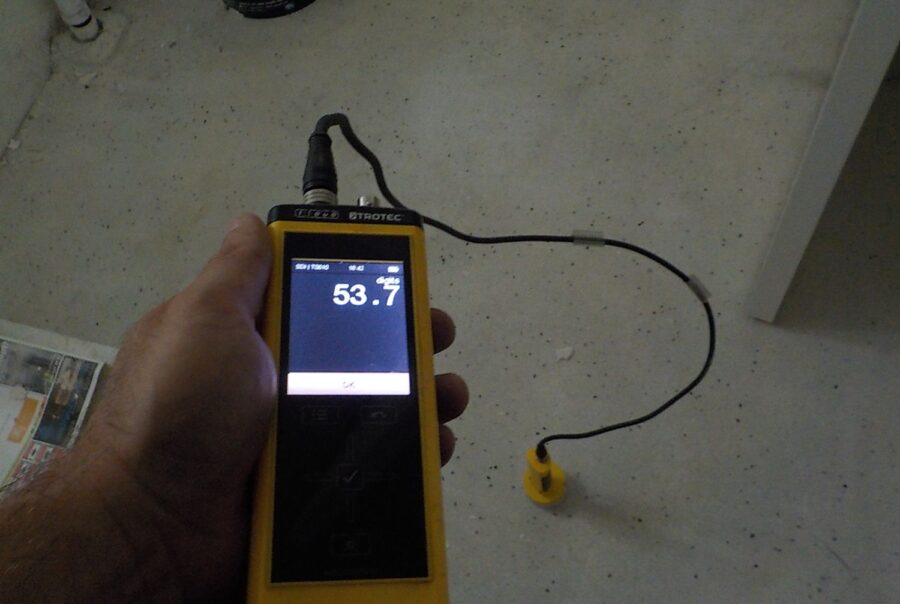
Moisture detection
Often used alongside other techniques, this method detects high moisture levels in materials like stone, wood, and plaster.
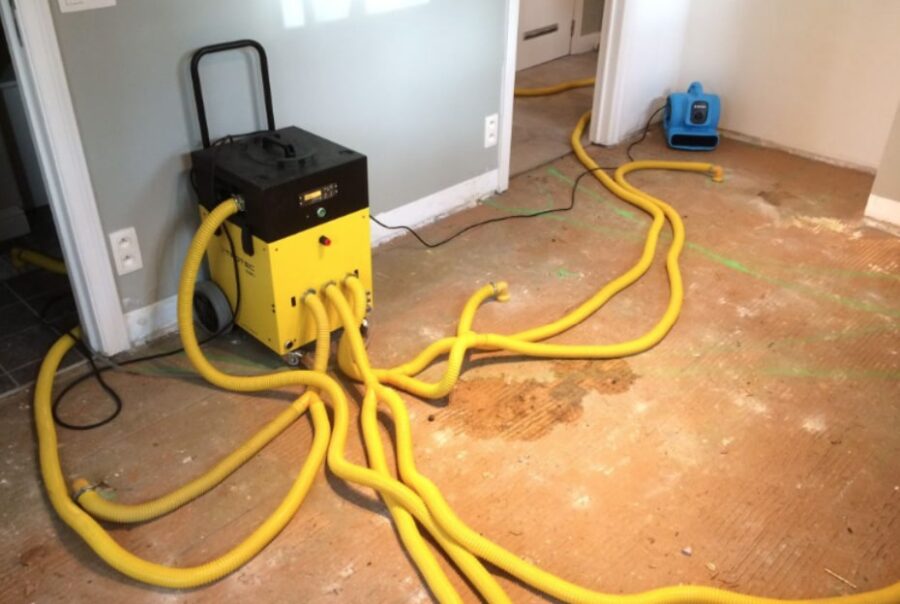
Water damage remediation
When excess water is present, we start by pumping it out using state-of-the-art equipment. Our experienced team then dries the area with blowers and dehumidifiers, tailored to the specific materials involved, ensuring thorough drying to prevent mold growth.
All these advanced techniques enable Lekdetectie.nl to accurately locate and address leaks, minimizing damage and repair costs.
